As regular readers are aware I’ve been reading a lot of older works, mostly comic strip reprints. The bulk of the material is pre-1945, and while it shares the a basic framework with modern comics they are vastly different. And that’s a good thing.
Let’s be clear: there’s a huge difference between all ages comics and kids comics. All ages means just that: material for everyone. Kids comics are for preschool to high school, but mainly focus on junior high and younger. Of course there’s young adult and teen but we’re looking at all ages here.
Quick history lesson, pre-comic book. Comic strips were meant to be read by everyone: all ages access. With no televisions, newspapers and then radios were the sources of daily entertainment. Daily strips presented a wide range of genres and interests, with full colour weekend strips defining illustrated storytelling. Clean, mostly wholesome, easily digested by everyone.
Comic books hit the market and started selling millions of copies every month. With the birth of the costumed superhero they took a turn towards children and were fully embraced. Crime and horror came into the fold and the industry ended up being policed by the Comics Code Authority. The attempt at creating adult comics failed because it wasn’t marketed properly. Newspaper strips continued on in as the dominant sequential medium.
For the next two decades comics were squeaky clean, DC going so far as to keep violence to a bare minimum. At some point in the 1970s comic book fans became comic book creators and the superhero genre began its turn to dark and gritty. The direct market allows adult books to be sold through comic stores, and we see Epic and later Vertigo targeting that market.
Unfortunately that left the stores themselves as self-policing what material was sold to whom. Most comics were still all ages but there was an ever-growing move towards keeping the same comic readers entertained as they grew older instead of attempts at bringing in new readers. And so the comic market shrank.
Fast forward to DC’s relaunch (think L.L. Cool J singing “don’t call it a comeback, I’ve been here for years”) and we have an entire line of books brimming with violence and to a smaller extent sexuality. Superman indiscriminately killing (image below), Batman and Catwoman having sex (image above). All ages material has been left out of the mix, to be looked at sometime later.
I know I’m painting with a wide brush but bear with me. We’re at a crossroads in the comics market: digital is upon us and can break everything wide open if material is presented that caters to all ages and specific reader demographics.
There’s no reason not to have comics for kids, teens, all ages, adults, and any other group. But it needs to be labeled and marketed as such. Book publishers know they have to put their graphic novels into age categories if it’s the reach the right market: why don’t mainstream comic publishers?
Batman can be a dark and gritty character, but can also be fun and light. This has been wonderfully shown through DC’s animation works like Batman: Under The Red Hood and Batman: The Brave And The Bold. Polar opposites with the same character, focused on their target audience.
DC and their new 52 were the best-selling comics of 2011 and are leading the way for mainstream comics. Are these mainstream comic publishers only interested in reaching an 18 plus male audience? It certainly seems so.

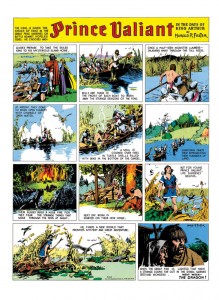
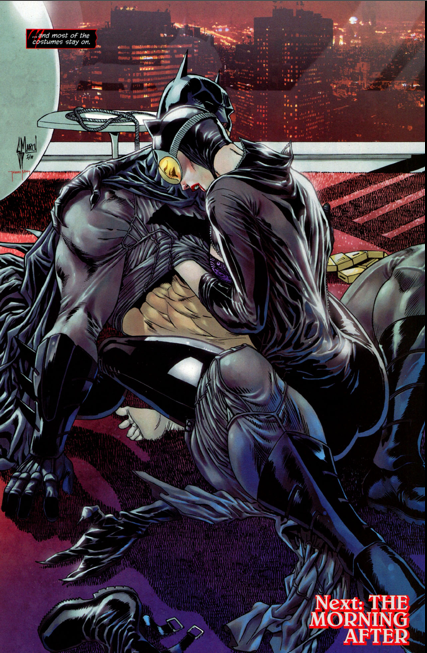
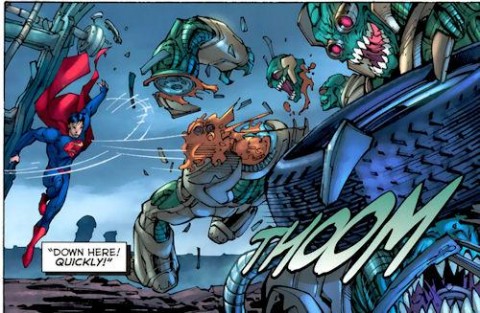
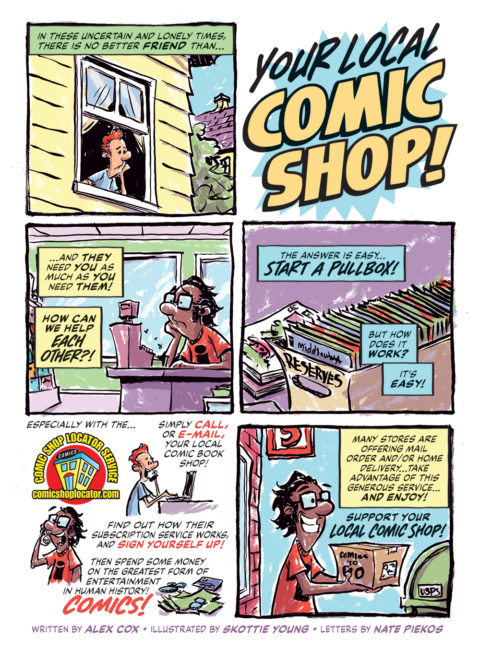
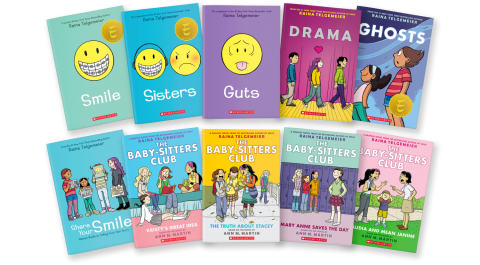
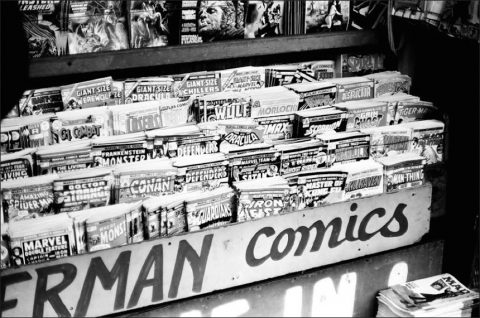
I know I have mentioned it before but the comic industry needs a third party entity ratings system. Movies, television, and video games all have an industry-wide standard and comic books should adopt the same. Every company having a different system (or nothing) does nothing to help the consumer.
I think it’s like movies, or other books. It’s a medium, every issue doesn’t need to be for every audience. We don’t demand all movies be appropriate for all ages.
But, like movies they need a proper rating system. Hopefully not run like the MPAA, which is just so corrupt and stupid I can’t even.
Every issue doesn’t have to be for every reader, but it would help if popular characters could be featured in all ages books.
For example, my son really likes Deadpool, but he’s never read a comic book of Deadpool because I won’t let him. His exposure to Deadpool come from Ultimate Alliance videogame and the Hulk Vs movie.
If they made an all ages or family friendly Deadpool, he would be happy that he’d have something to read, and I would know he’d have something he wants to read.
Batman is another character. Many of us like the dark and violent caped crusader, but it is tough as a parent to say no to your kid who wants to read Batman. Spider-Man is another title. Not everybody wants to read a happy web-swinging Peter Parker.
If dual titles could be available, then both reading audiences could get their fix. It is easy for a mature reader to adapt to an all ages book, but it isn’t fair to a kid to miss out on some great characters because they are not old enough to read them yet.